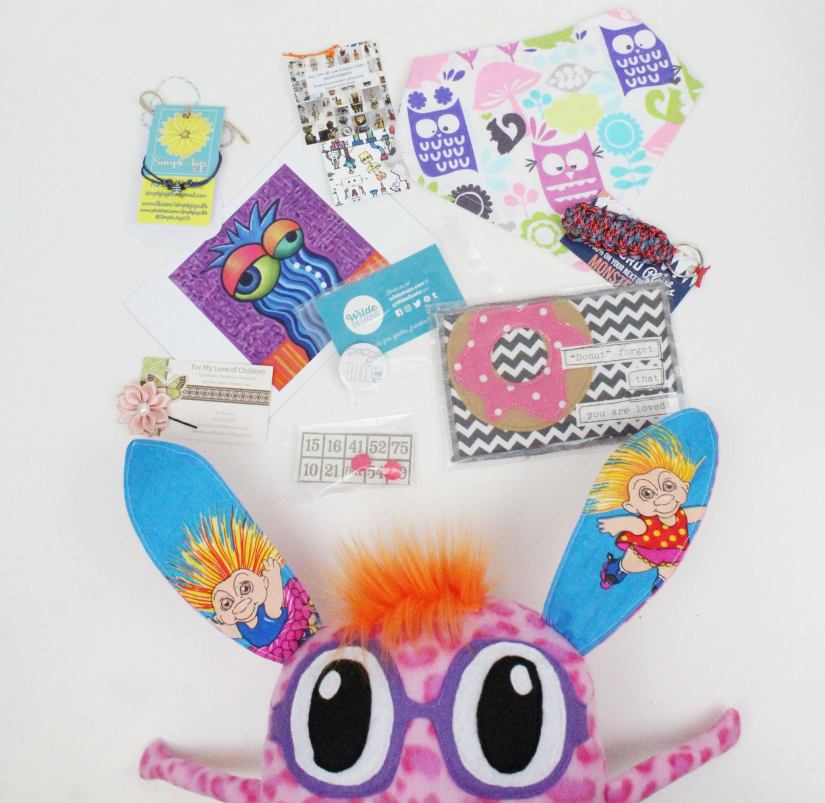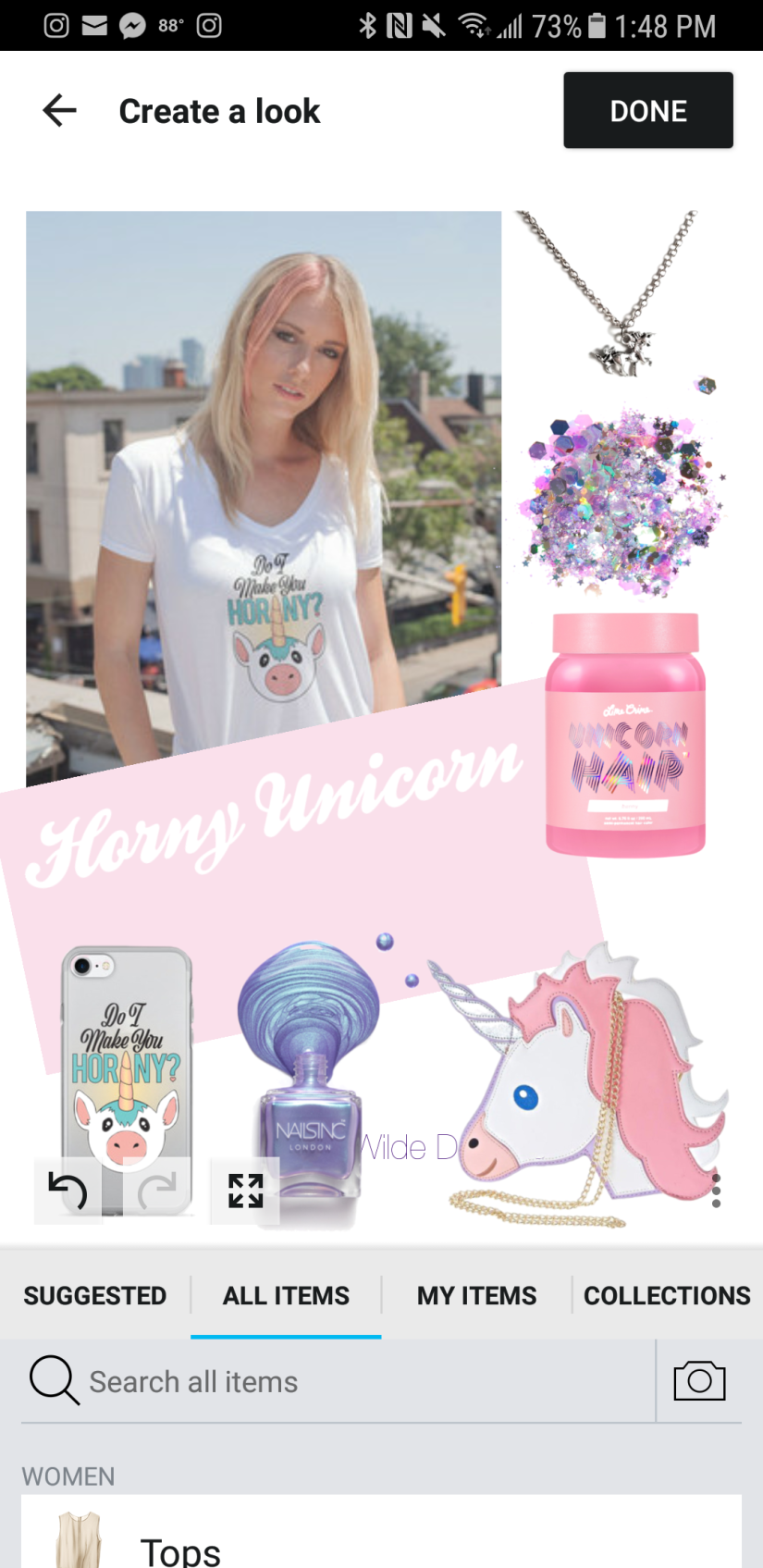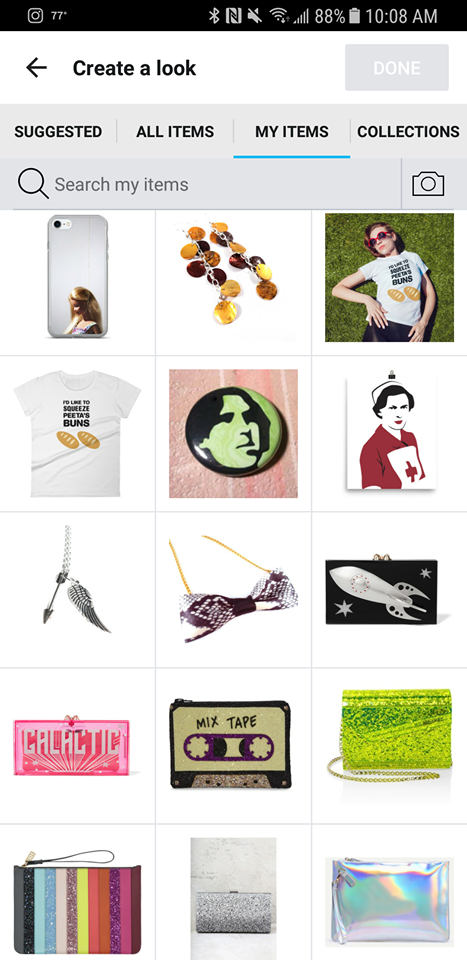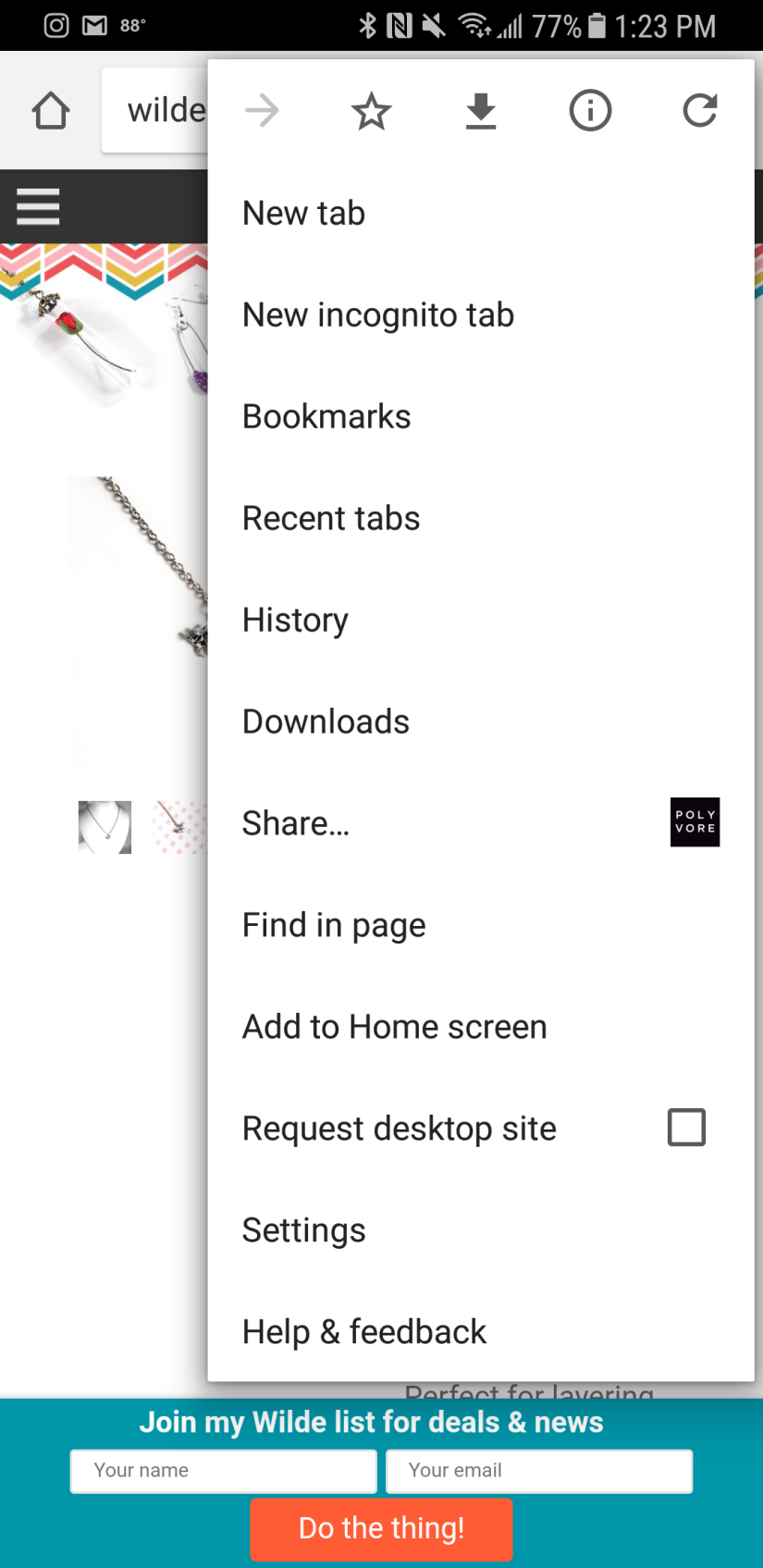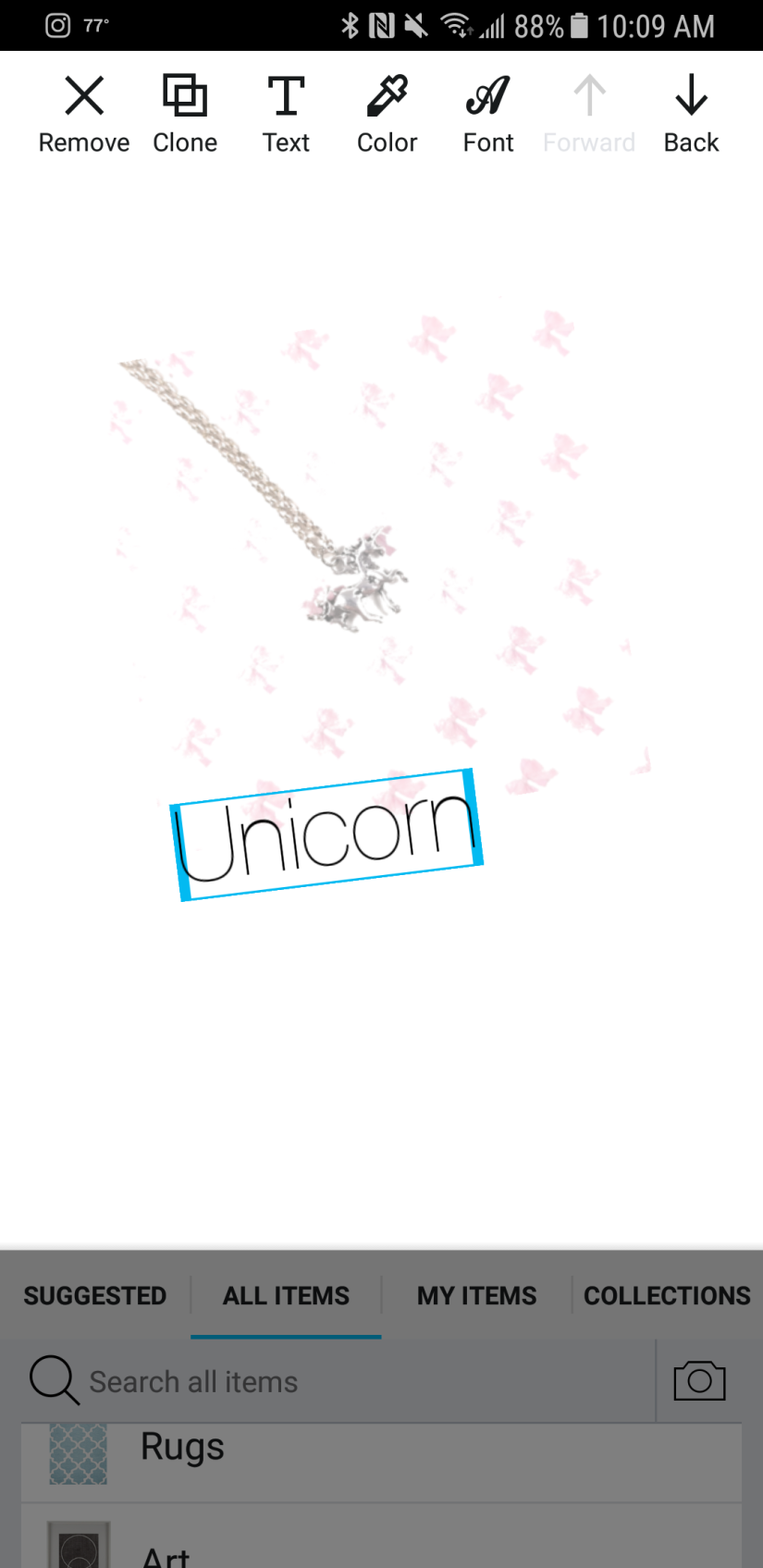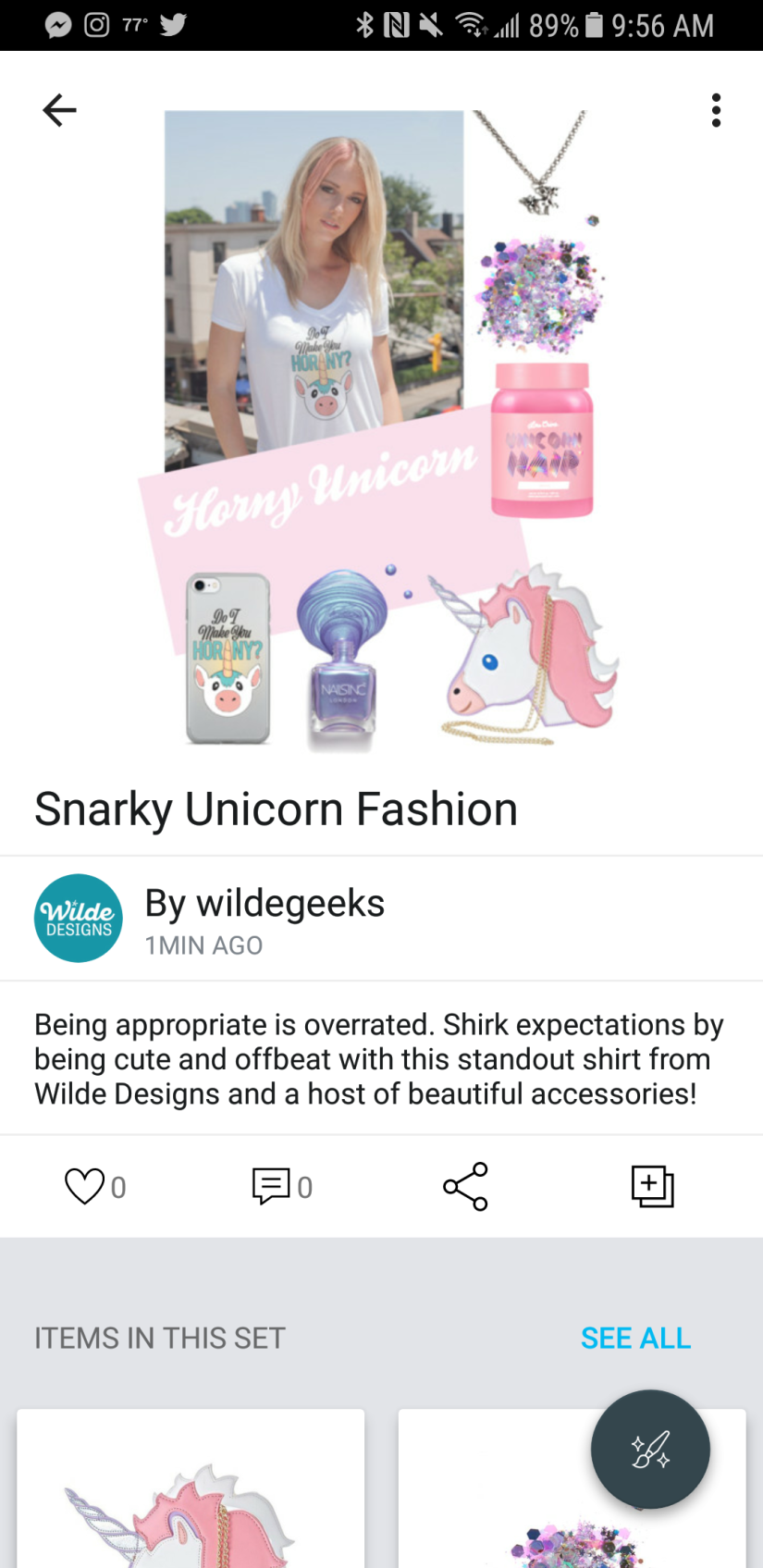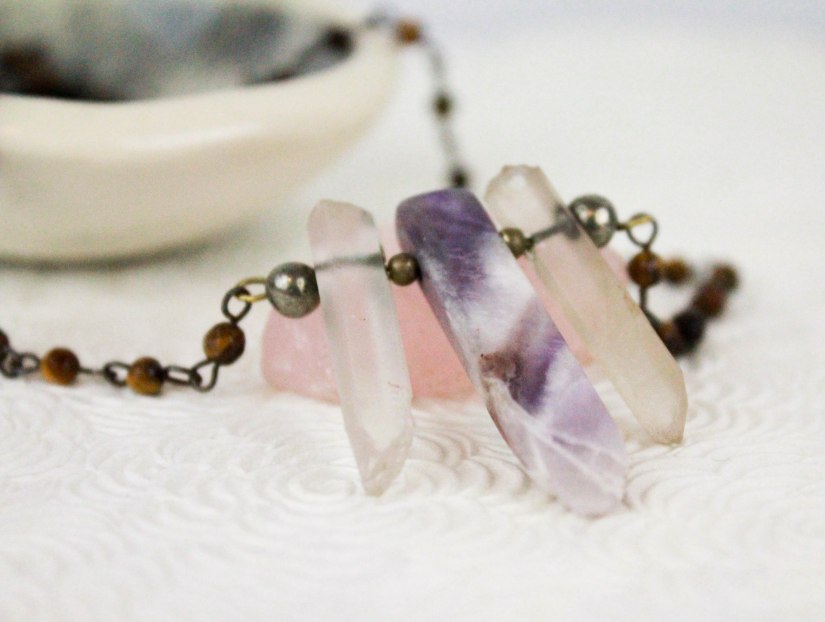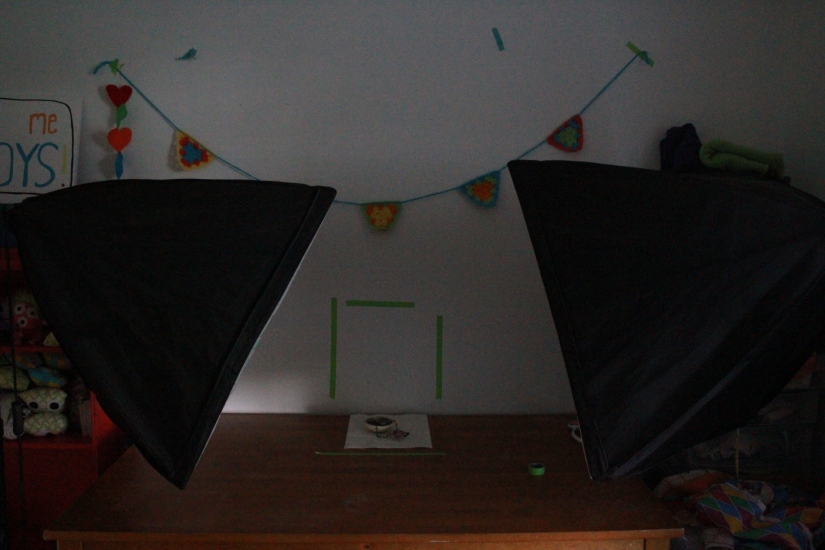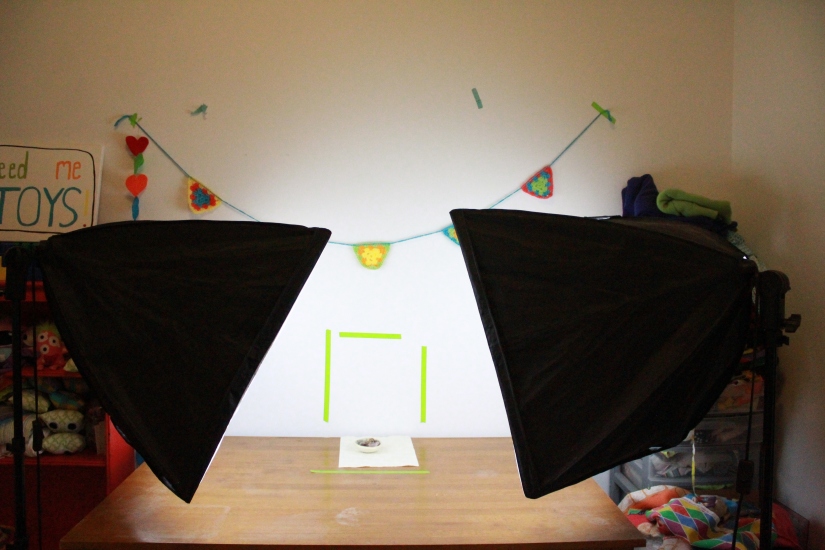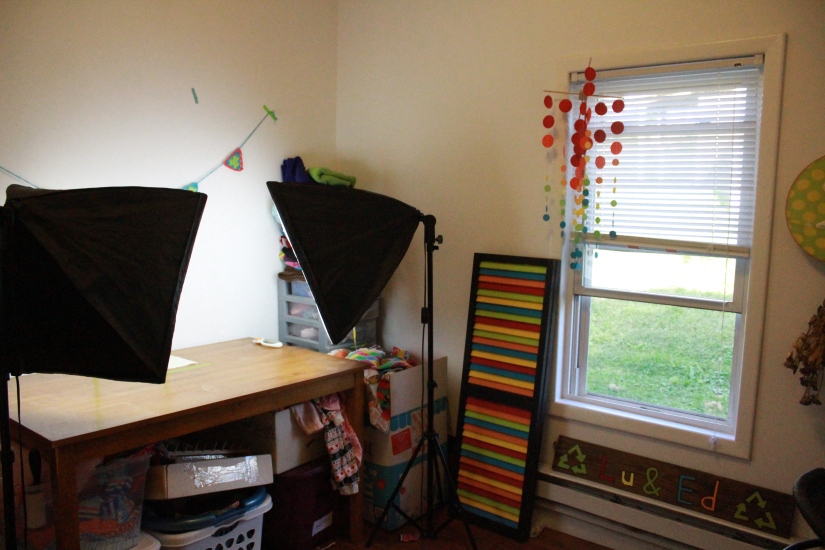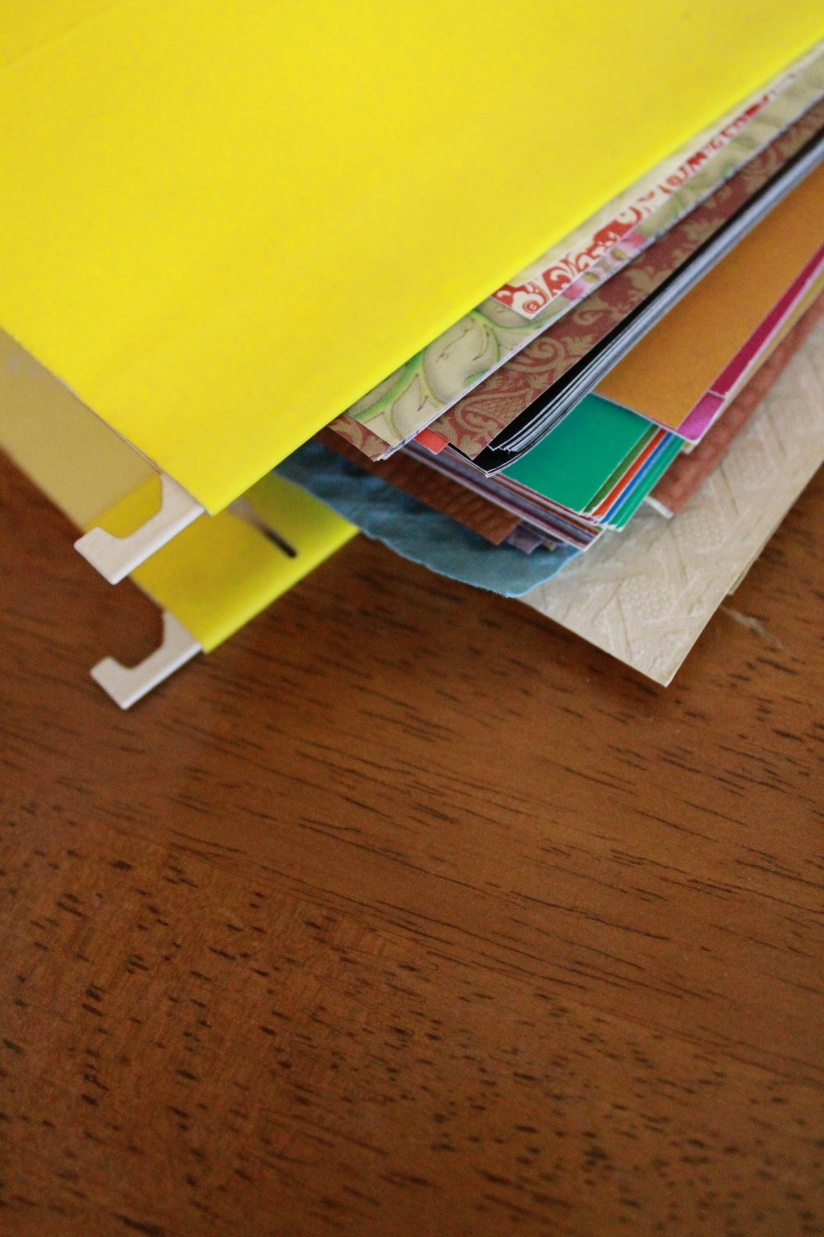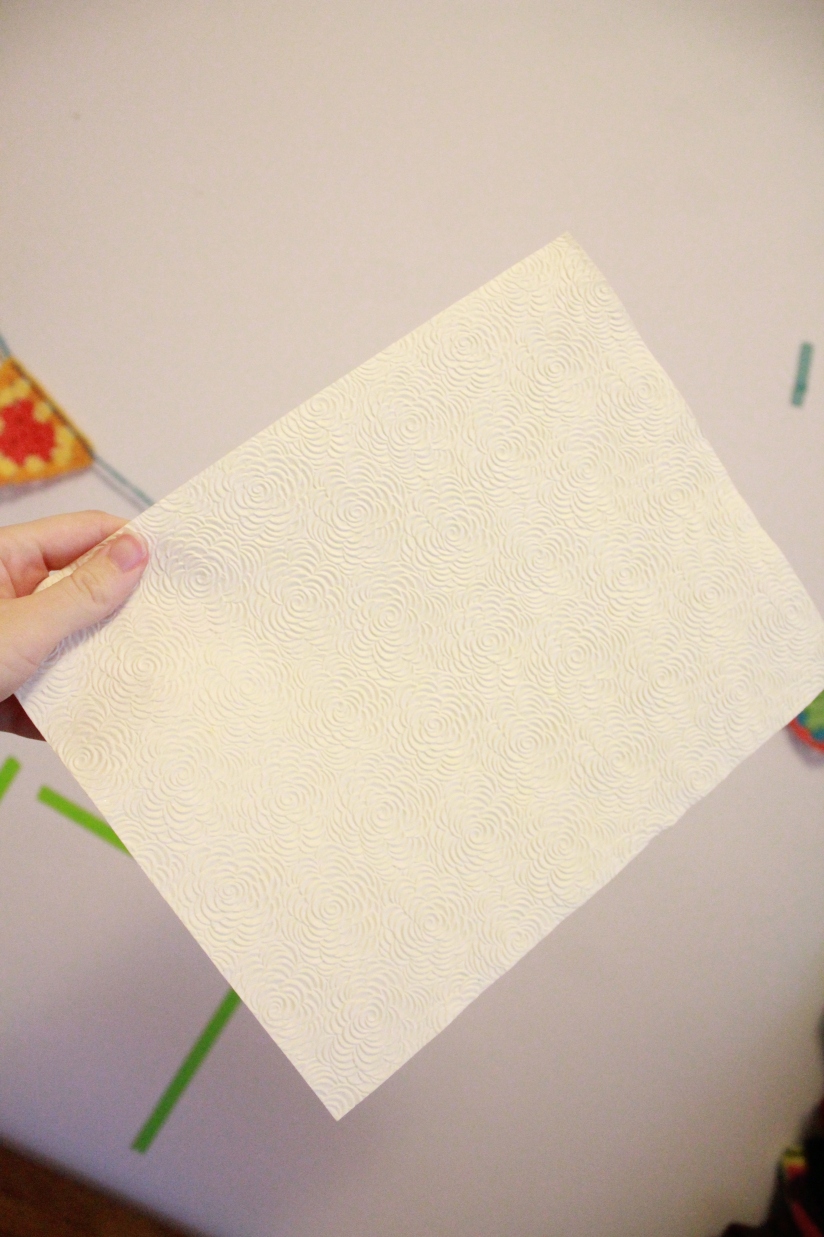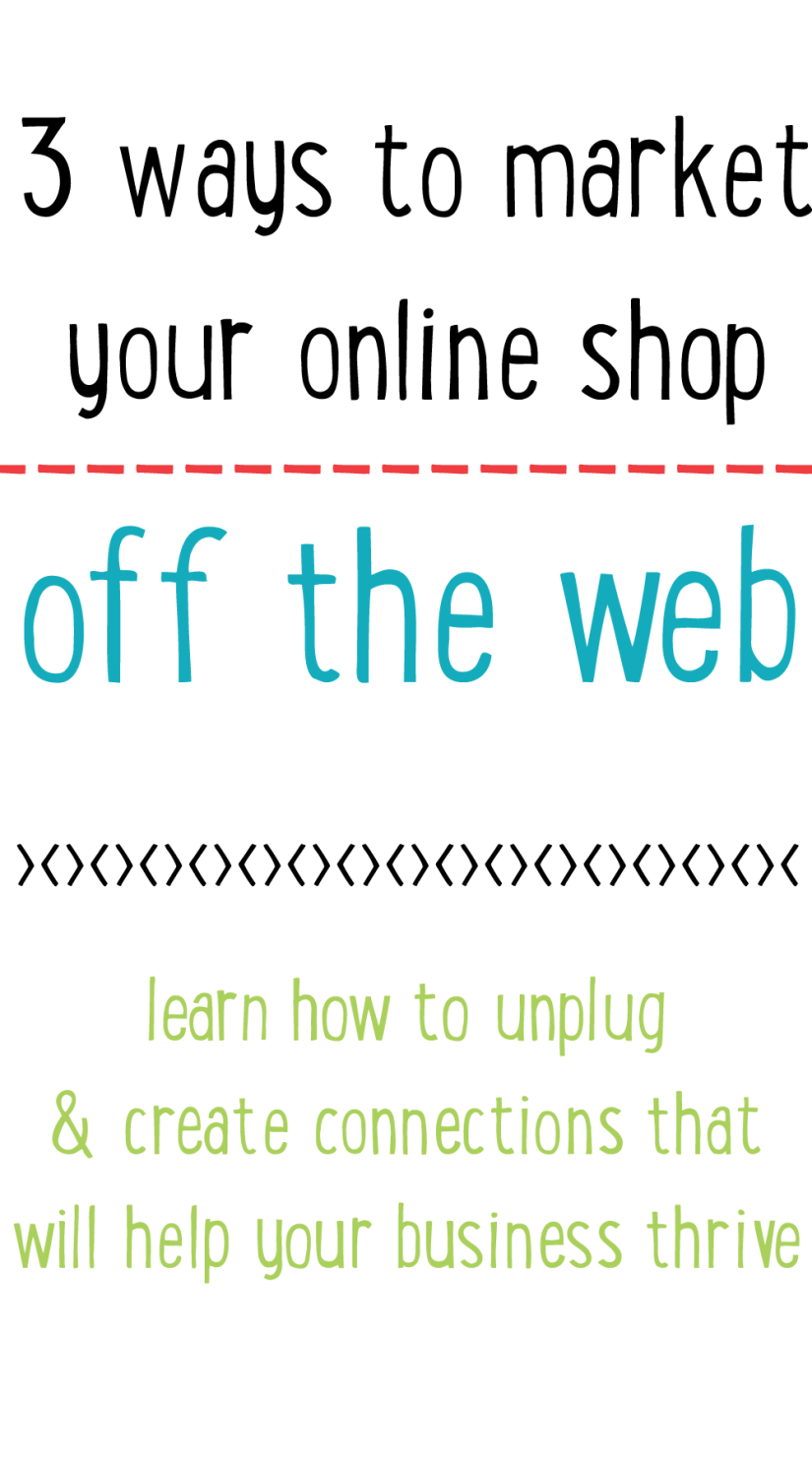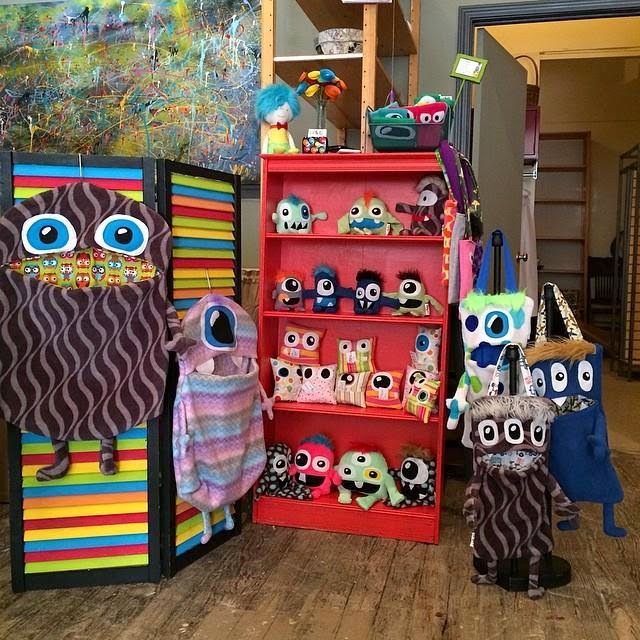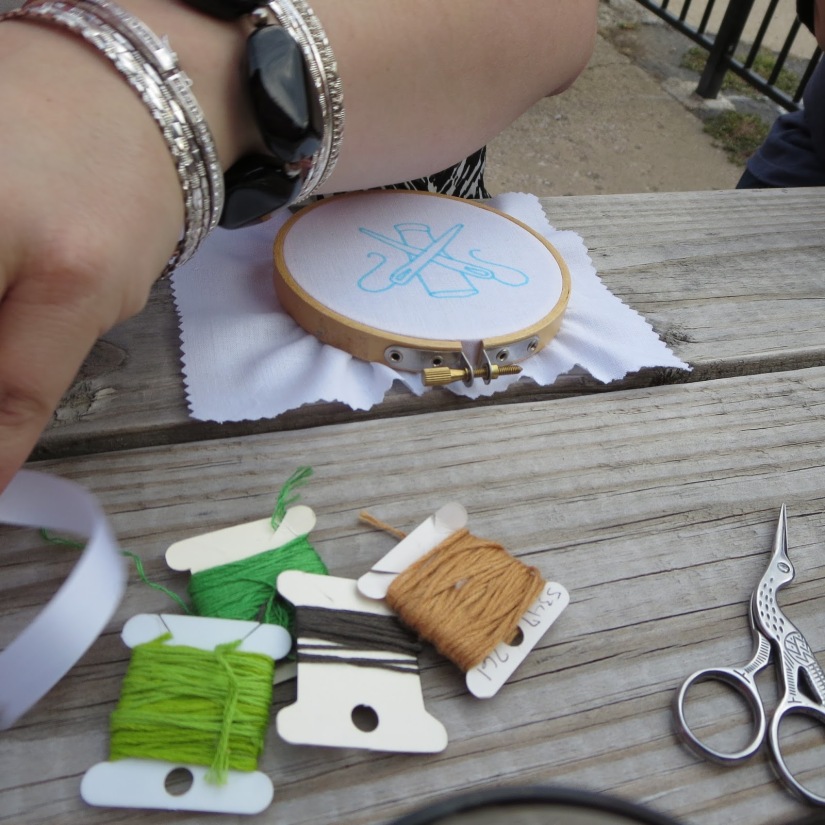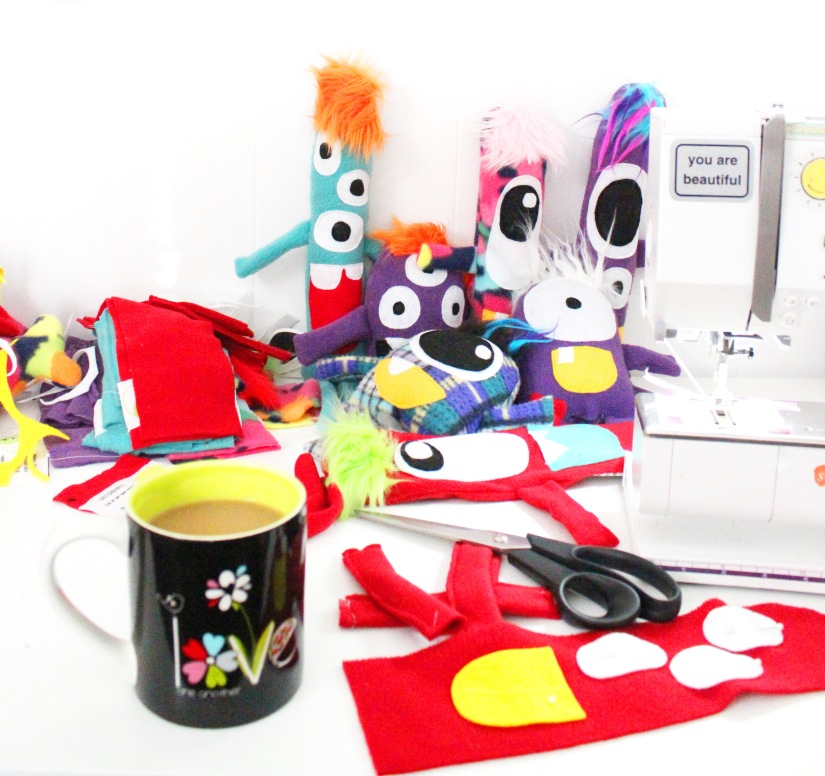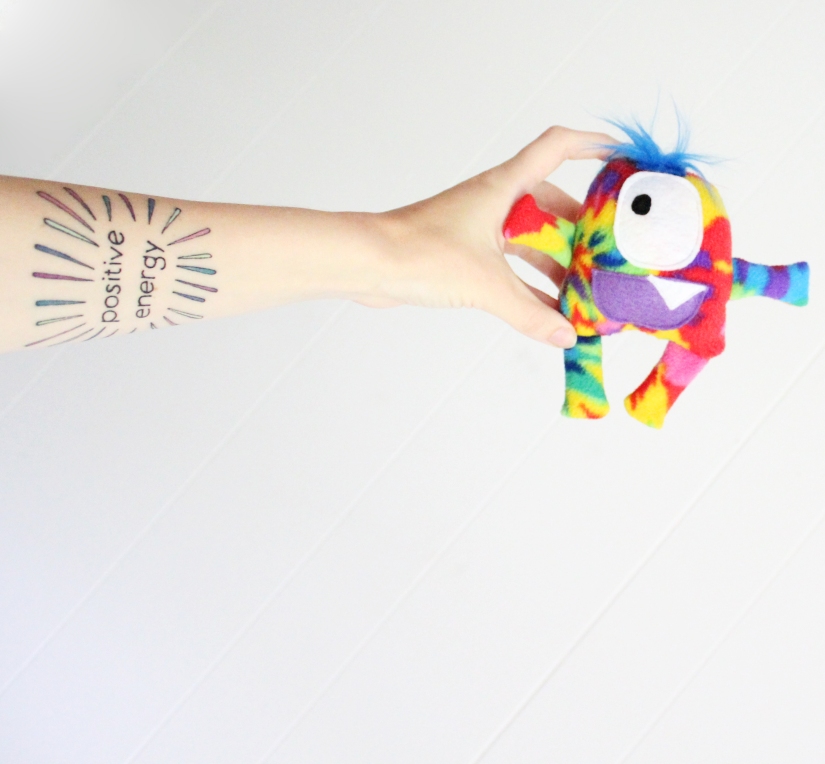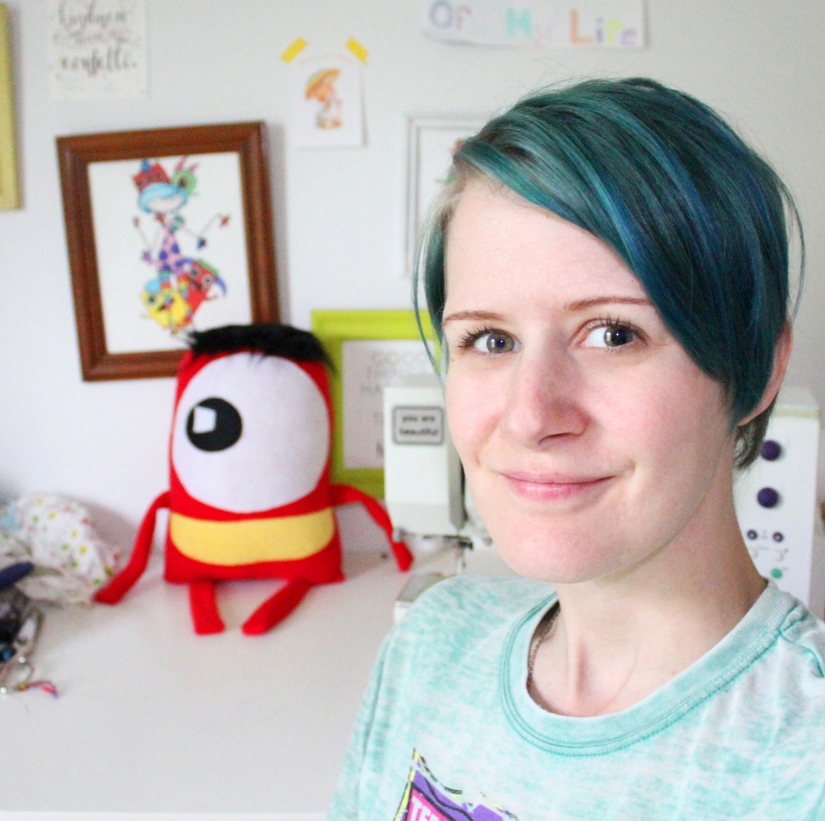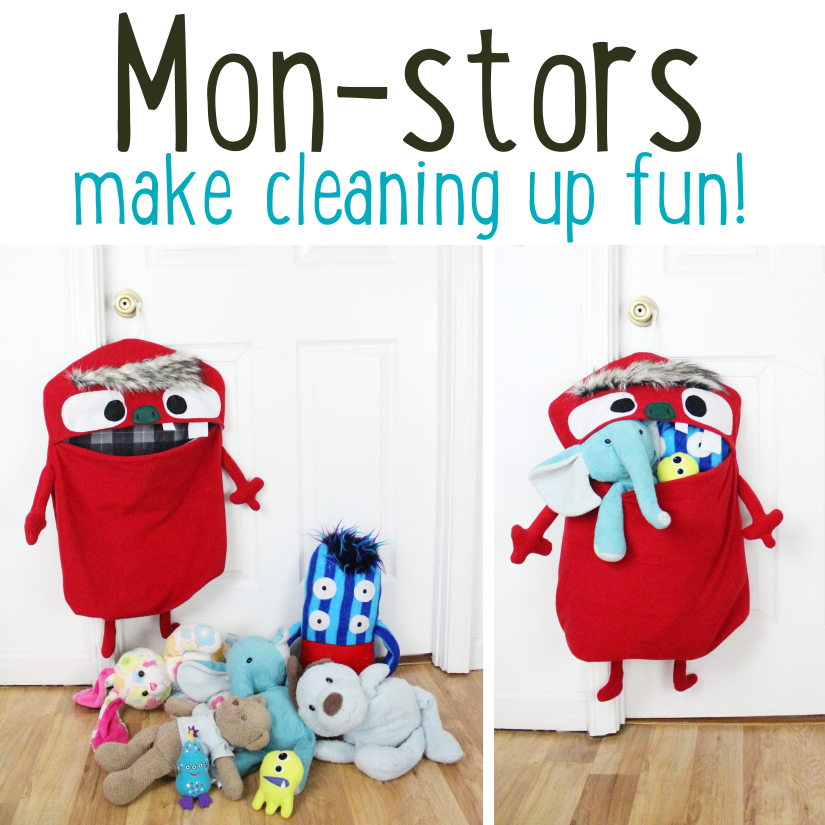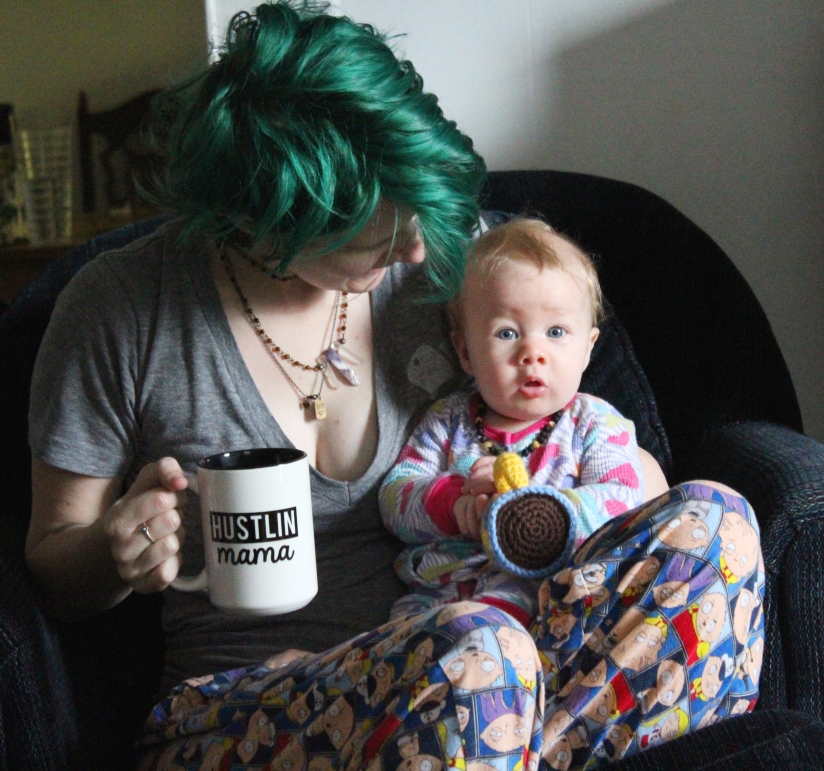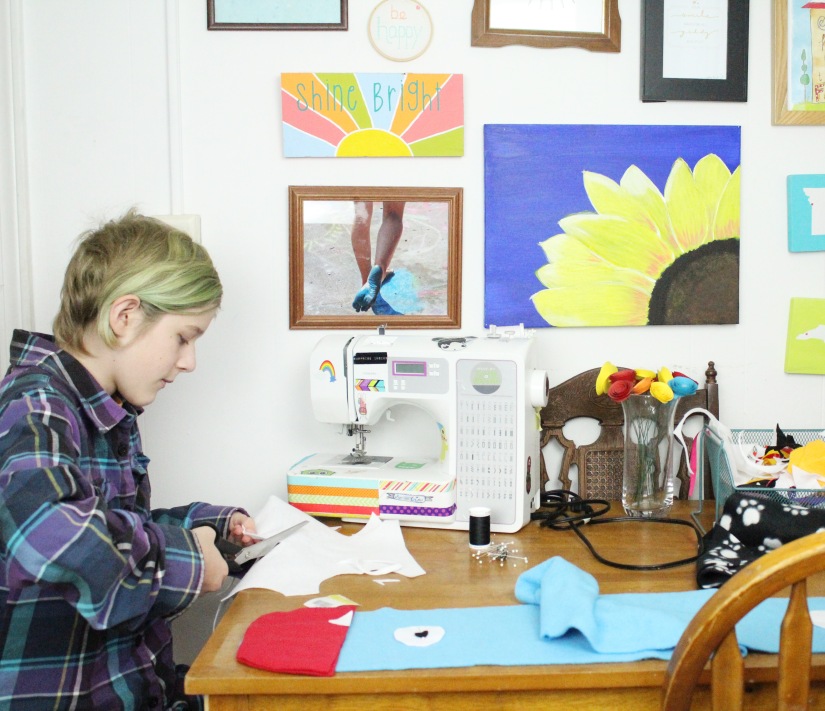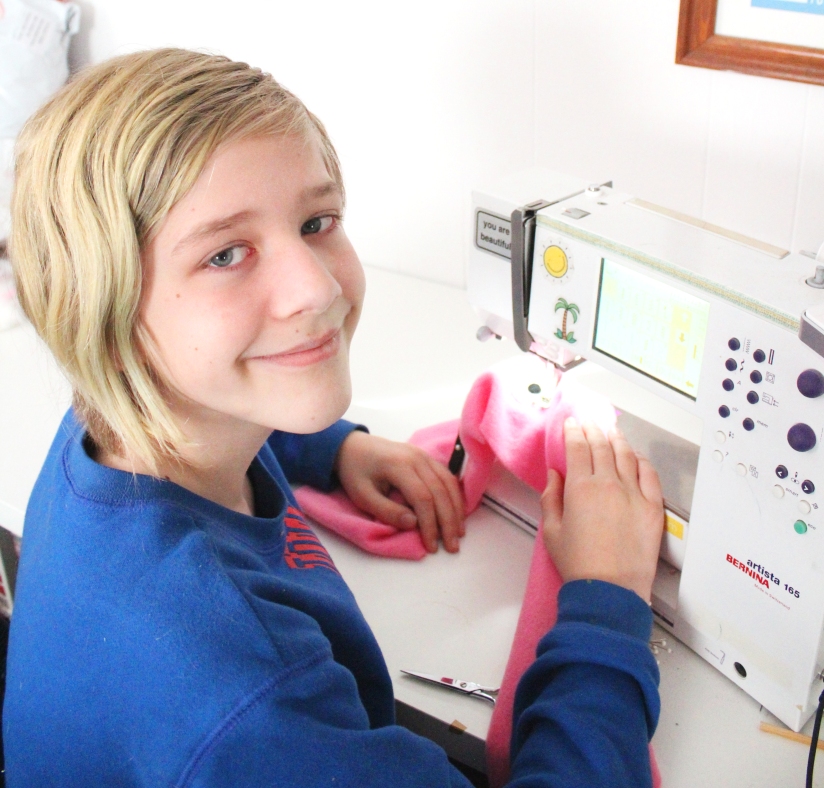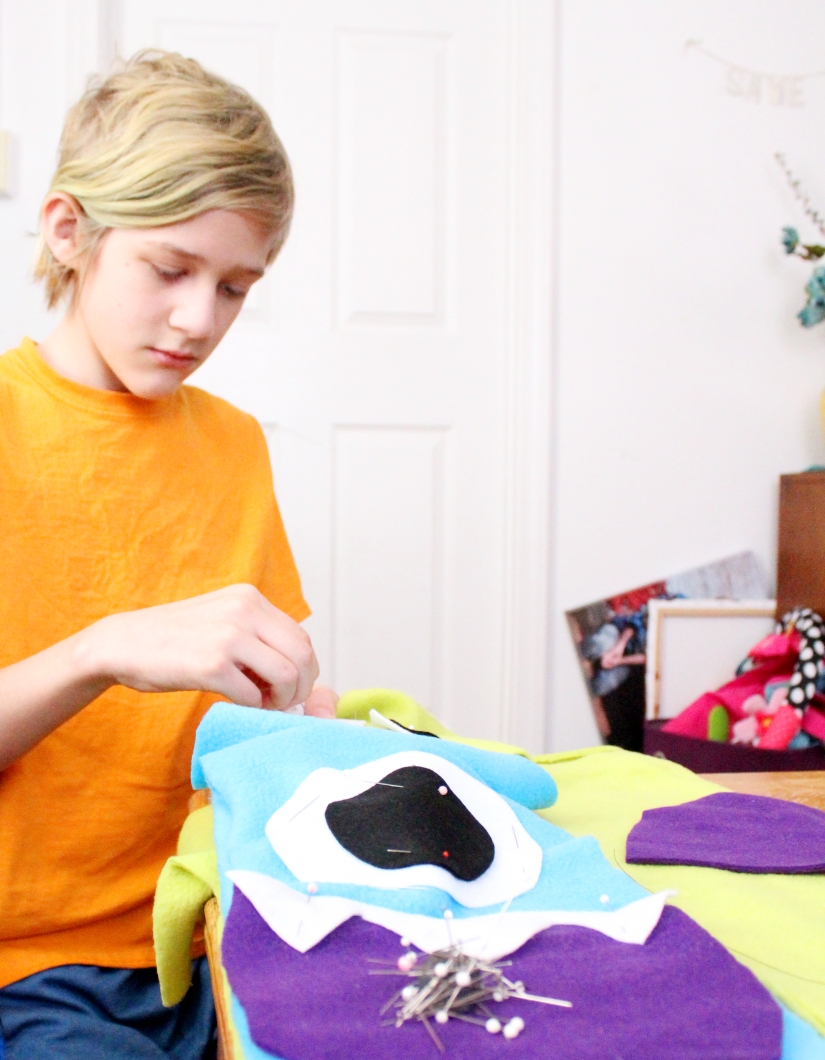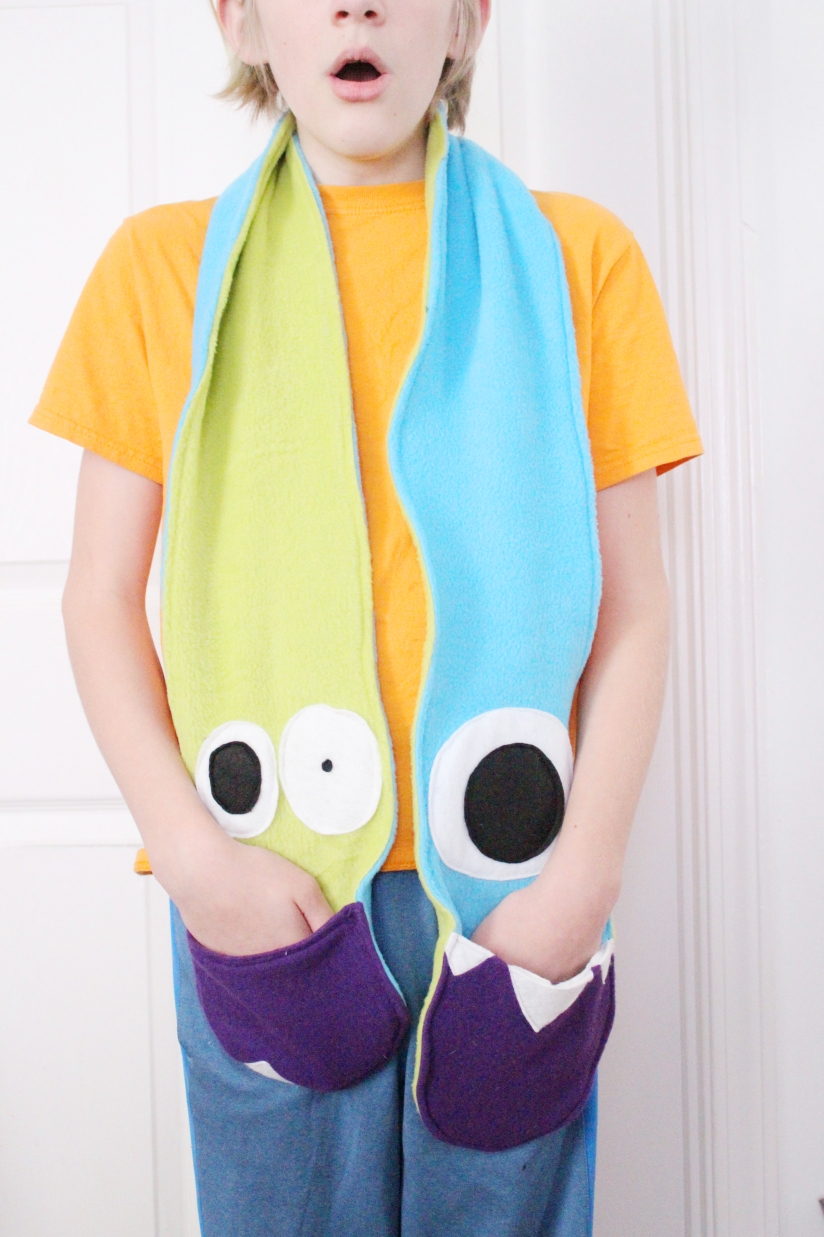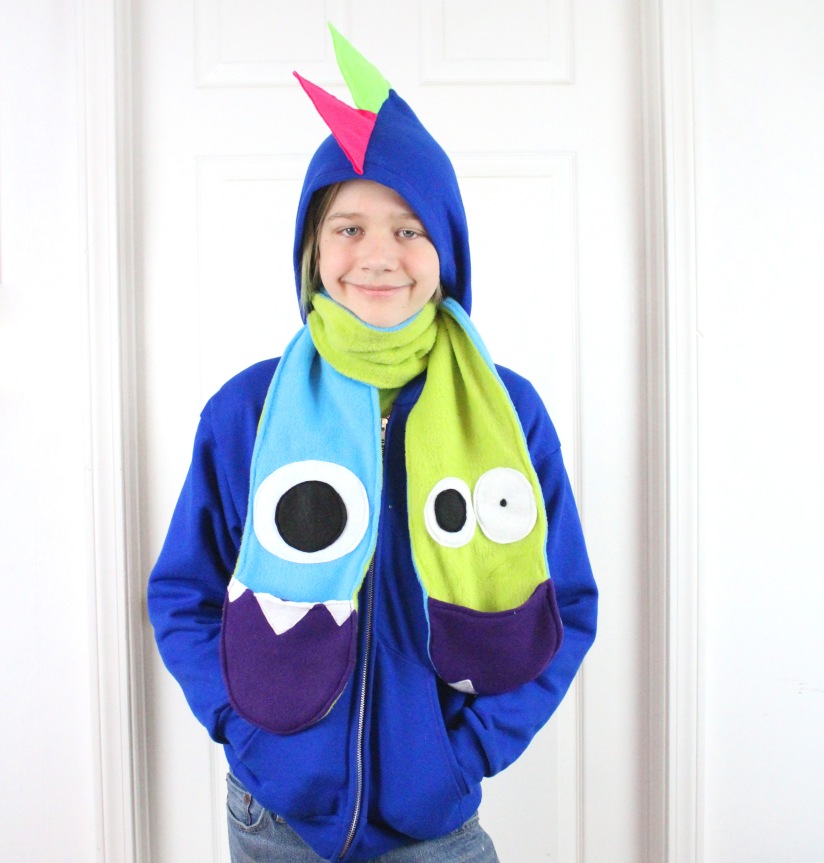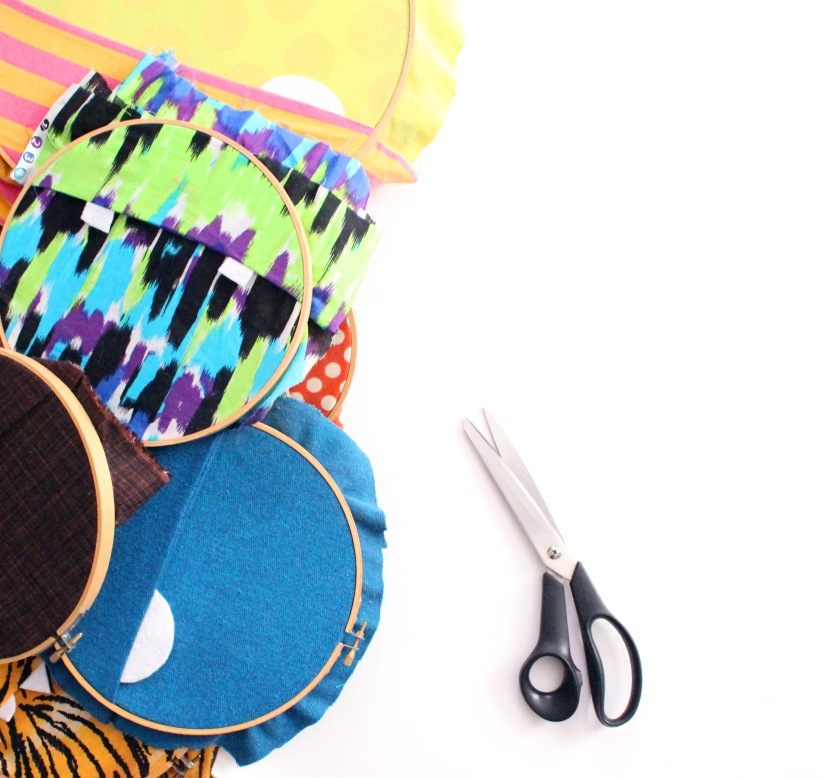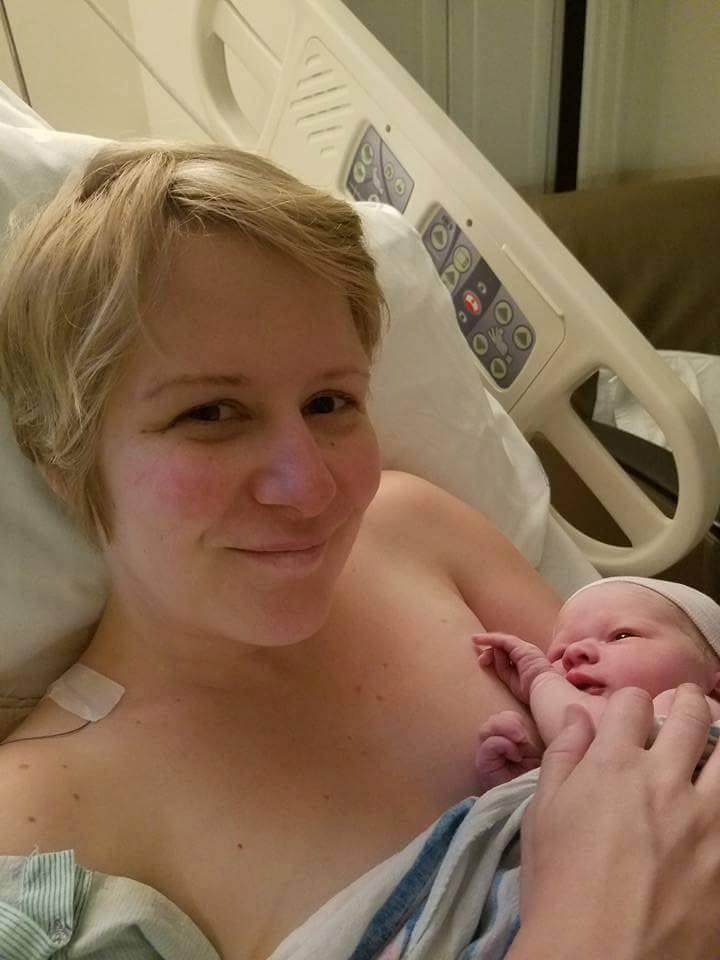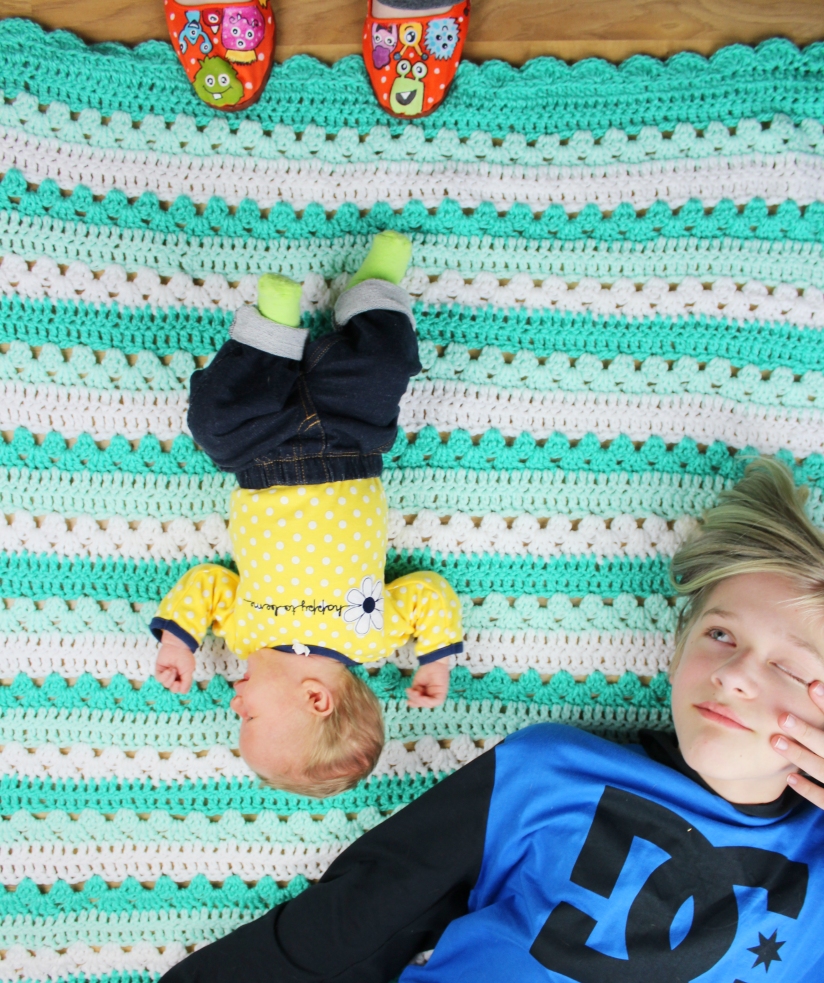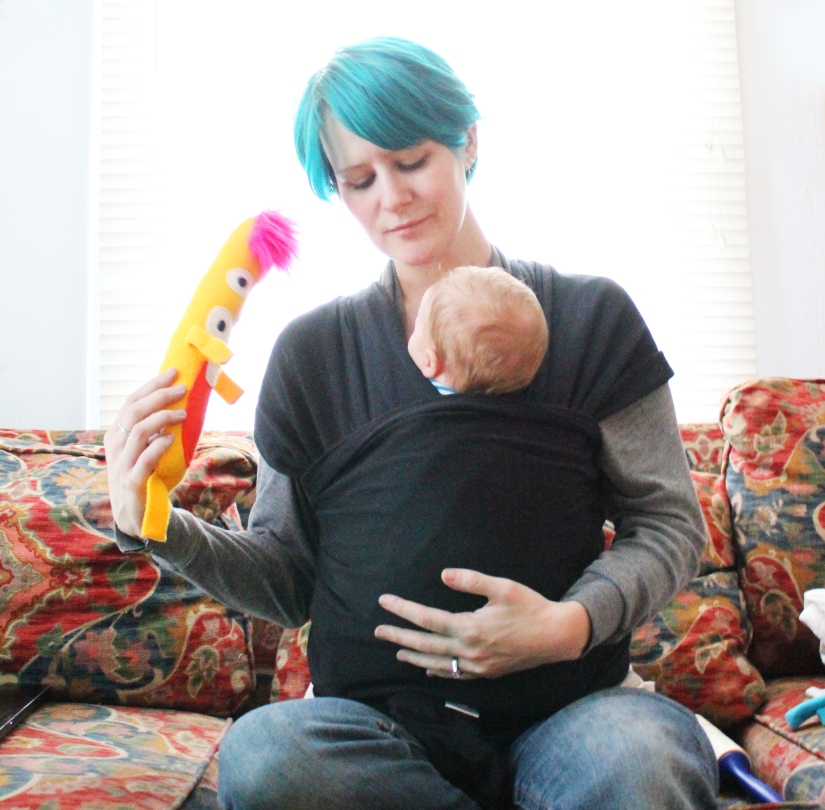Defining your target audience can seem like a pretty daunting task. I mean, as artists, makers & small business owners, we want EVERYONE to want to buy our stuff. But when we are marketing to everyone, we are wasting time, energy and resources because (hard truth) only a tiny portion of the general populace are actually the demographic who would purchase products from us. I have revised and condensed my series on identifying your target audience, their interests, personality traits, online habits & how to approach them to help makers & shop owners narrow down their niche so you can use your time spent marketing & your advertising budget into a powerhouse avenue for generating sales!
Commonly, when I mention finding your target audience, people reply with “But I sell necklaces, everyone wears necklaces” or something along those lines. 1. Sorry, but that is not true. 2. Defining your dream clients does not mean that if you currently sell products to people in their twenties AND their seventies that you would no longer be selling to them – it means that you are identifying the social class, personality & interests of the people you want to buy from you, people who are influential about products similar to yours, so that you can maximize your marketing to bring in even more sales beyond the sales you are already generating. There’s a saying that goes: If you are marketing to everyone, you are marketing to no one. However – if you are speaking to just the right people, in just the right way, at just the right time, imagine the possibilities! Increased engagement on social media posts, less money spent advertising because your approach is hitting it just right, every single time, and more sales.
That is what identifying & marketing to your dream client is all about!
For instance, I make toy storage solutions and plush toys. Using the market to everyone concept, I could ask all my friends to like my Facebook page & follow me on Twitter & Instagram, but let’s be real – do I really think that my boyfriend’s 24 year old brother or people that are his age/gender has any interest in my products, would buy them regularly & share them with their friends? Would those single male friends also buy my kid’s toys? What about my single female friends who have no desire to have children? Or what about all those people in the craft forums I’m a part of? Do you really think that other makers are my target audience for handmade toys? Do you really think if I get any of those people to like my Facebook page or follow me on Instagram, it will result in more sales? A few, perhaps. Maybe even a dozen! But not as many as if I was marketing my brightly colored, ecofriendly toy storage solutions specifically to young moms who have eclectic tastes & want sustainable, ecological toy storage solutions & toys for their small children, don’t ya think?
So, as you can see, while you may make sales to a few people who aren’t in your target audience, if you identify and market specifically to the people most likely to buy & share your products, you have a much higher ROI (return on investment). In this post, you will find a series of questions, printable worksheets & topics to research to help you through the process of seeing better results through your marketing efforts. Each step is integral to really begin to understand how your target audience views & consumes products – and how to approach them so that they want to buy YOUR products. So grab a cup of coffee, a note book, dive in & get ready to launch your business into Success mode!

Let’s start at base one – identifying your target audience, AKA, your dream clients. Dream clients are popular web-celeb personalities you would LOVE to see sharing your products, raving about them to their followers. Think of three popular influencers that you want to buy your products.
Got a visual? That is who this series is about reaching. And in those post, we will be focused on identifying them, getting to know them, figuring out when they are online, and learning how to approach them.
When you think about the most popular, influential people you know that you would love to see sharing your products on social media…..
What is their gender indentity?
What is their style like?
How old are they?
What is their favorite social media platform?
Do they live in the suburbs, city or country? In a house or apartment?
What kind of hobbies do they have?
What sort of job do they have?
What is their average income like?
Are they blissfully single, or happily married?
If neither, are they planning a wedding?
Are they parents?
If yes, are they natural parents?
Do they have pets?

Remember, this is not about your current clientele but your DREAM clients. The most influential people you can think of that you want to see buying, using, wearing, and sharing your products!
Expand on as many questions as you can – the more you can identify about your target audience, the easier it will be to learn to market to them! If they are parents, how many kids do you think they have? If they live in the city in an apartment, how do they decorate & use their space? If they are trendy, describe how you imagine their personal style.
You can either print out this worksheet, or fill out the questions in your notebook – whatever works!
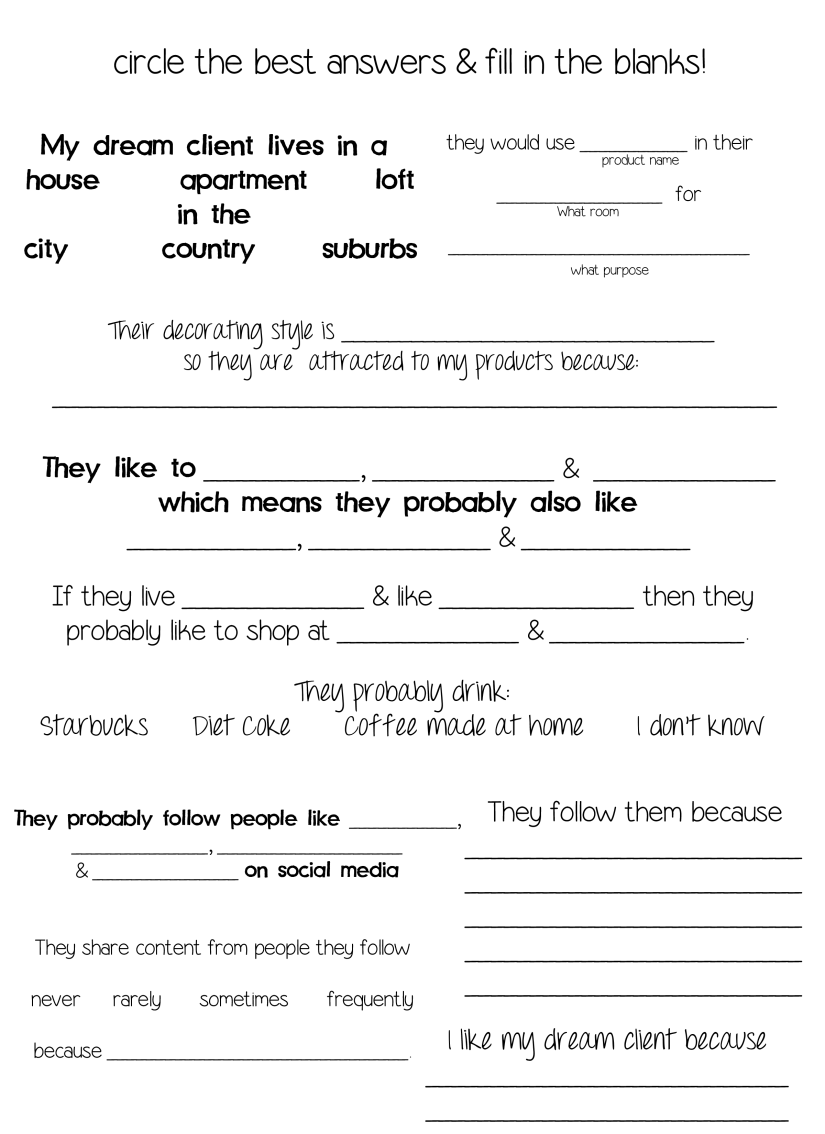
Download this printable here
How to use this worksheet:
Again, this is not designed to analyze your current customers but to help you identify & define your target audience. These are the most popular & influential people you can think of that you would want to buy & showcase your products on social media.
Parts 1-3 help you identify their style and how your brand & products fits into their life by helping you determine where they live, how your products fit into that space, and why they would like your stuff to begin with. No matter what you make, your dream client has to want to bring it into their home/life, or they won’t. It’s as simple as that. By identifying where & how they live, how they decorate & use their space and how your products fit into life, you have a better chance at staging photos & writing copy that translates into sales. A dream client who has a very bohemian vibe & all natural, sustainably sourced furniture will probably not be attracted to monochrome, ultra modern art in your product photos for your dream catchers or throw pillows. Make sense?
Parts 4-6 help you define your dream client’s interests and spending habits, as well as what sort of marketing tactics they are attracted to. Understanding your dream clients interests and consumption habits help you understand how they respond to marketing from larger industries & how your products fit into their consumption habits. Did your dream clients rush to Starbucks for the limited edition Unicorn Frappe? Or do they take moody shots of their home brewed coffee overlooking the lake they live by? This knowledge helps you analyze your own social media and marketing habits and alter them to appeal to your dream clients better.
Parts 7-9 help you to understand what type of content your dream client likes on social media. This is SO important – knowing what type of content your audience enjoys, actively pursues & shares is the keystone to how your social media campaigns should be administered, from photo styling to product modeling to how you talk about your products – recognizing the type of content your dream clients actually consume and respond to will help you create a killer social media campaign!
Try to think of at least three-four people to put on this worksheet that your target audience follows. It can be celebrities, indie brands, bloggers. Who already has your dream clients flocking to them for products or advice? Now, determine why they would follow those four people. Is it because they are all funny? Inspiring? Spiritual? Are they all kids clothing designers & parenting lifestyle bloggers? Are they all trendy moms? Photographers? What is it about these people your dream client loves? And of course – does your dream client share content from these people? By sharing, I mean do they buy their products and share them modeled in their home/on their bodies? Do they repost their images or recommend people read the blog?
Understanding what sort of content your dream client is looking for & how you can produce similar content that is unique to your brand is essential to making sure you are “on point” with your marketing. Explore the people you think your dream client would follow. Look at this objectively – do not try to find similarities between the people your dream clients follow and you.Look for the differences. Learn from them. Look at how they style their images & present themselves & their brands, if they are businesses. You use this knowledge from this worksheet to create social media feeds, take product photos, write copy & create ads that appeal to your dream clients.
Now we are going to explore how to use this information so that we can assess where online & offline our dream clients are hanging out! I will be sharing my responses along with some ideas of how to use this information to find your dream clients.
Here is the low down on my dream client for luanded.com, using the worksheet abovet:
My dream clients probably live in the suburbs in a house. They would use a Mon-stor in their kid’s room for fun & convenient storage. Their decorating style is eclectic, colorful & fun, most pieces probably upcycled or from IKEA or a thrift store, so they are probably attracted to my products because they are bright, functional and sustainably made with textile discards and upcycled materials!
My dream client is likes gentle/authoritative parenting, coffee at home, has a hot mess style parenting, cusses, has tattoos. If they live in a house in the suburbs they probably like to shop at online, Target, Amazon & thrift stores. They are probably total Starbucks-aholics in the drive through after they drop the kids at school, or drink lots of coffee at home.
They probably follow MommaCusses, Tori Phantom and Menzenillial because they share gentle parenting in fun and real ways. They likely share it and consume that media because they want to parent in a real, authentic way while living in a real house that isn’t always tidy. They want to simplify their lives as parents.
Let’s explore my dream clients – 20-40’s with 2-3 kids who live in suburban areas, likely tattooed with colorful hair, who want easy ways to clean up their house after a busy day. They would probably share my Mon-stors because OMG they make cleaning up so easy! Using the information from the worksheet, here is 5 ways I could reach my dream clients where they are:
- Paid ads on popular parent blogs or sending products to top parenting TikTokers my dream clients follow.
- Creating lots of content on social media sites that demonstrate how my Mon-stors simplify parenting life & using hashtags that would land them in the right spots.
- Engaging with people under specific hashtags like #hotmessmom or #busymom.
- Joining local parenting groups and building commmunity where those parents are.
- Become an active member of the Facebook groups these people are in & network with fellow parents.
Since I know my dream clients are following moms who share “gentle parenting” tips on social media, I know where I need to focus the majority of my social media efforts in order to get the best impact, too! I also know that they love beautiful, well lit, clutter free images & gentle marketing tactics based on where they shop & who they follow on social media.
By knowing who your dream client is & what their interests and hobbies are, you are able to organically connect with your target audience in what I like to call their “natural environment”. This means that the exposure to your products is not forced-meaning you are not actively sharing a link to purchase with your dream clients but rather speaking to them about their interests.
Marketing to everyone – “This pencil case is perfect for back to school! *link*”
Interacting authentically in your dream clients “natural environment” – “Is anyone else finished back to school shopping? Here are the school supplies for my kids!” with a photo of a backpack, YOUR pencil case, folders & other accessories where you share your personal experience, and you can write about how fun it was to make the pencil case and how much your kid loves it.
See the difference in how you approach someone in an organic way vs pushy marketing? Organic, authentic connection with dream clients increases engagement on social media posts, on forum threads & invites conversations. Posting a statement about your product and a link is like hitting a wall.

Knowing when your dream clients are online gives you a powerful upperhand on the market – you can cater your social media postings & paid ads to exactly the right time for maximum exposure, meaning that you get better results with less effort – so you can spend less time at a computer & more time making awesome things! Yay!
Using the worksheet below, fill in the times for each part of the day to the best of your knowledge about your dream client. Do not pull numbers from your current statistics – you are trying to determine when your dream clients will be online to maximize future exposure of your shop. While your current clients are incredibly valuable, maximizing your marketing to your dream client means increased exposure to people who are the most likely to buy & share your products with others, meaning more sales.
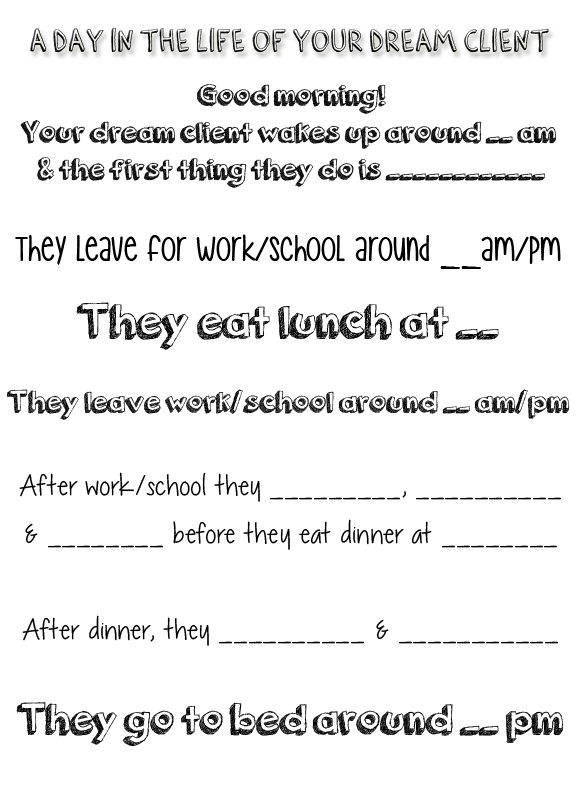
Download printable worksheet here
Note: Even if your dream clients don’t have a day job or go to school, try to use this work sheet to pen in what they would be doing through the day & evening – if they are stay at home moms, they are probably getting kids up, fed, dressed, ready for school, cleaning house, doing laundry, running errands and so forth. Use this worksheet however you need to outline the day of your dream client!
First things first, when does your dream client wake up? What is the first thing they do after they wake up? Check Instagram? Read their emails? Brew coffee & take a shower? Get the kids up and ready for school? Getting ready for work? Heading to the gym?
Know when they wake up & their morning routine gives you insight on when to post content that will resonate with their routine – for instance, if your dream client is a mom who wakes up around 7am & rushes around getting the kids ready for school and on the bus, posting a product photo on Instagram at as your first post doesn’t make much sense. However, if you post a picture of your coffee & ask if any other moms out there can relate to the Monday morning blues around 8am, you’re bound to get a much better response to your content. If the first thing they do is roll over and check their emails, maybe a newsletter that goes out first thing in the morning to give them some happy content to wake up to would be a good way to reach them. Make sense?
Another example – say your dream client is a young professional who works in an office in the city and has to be at work by 8am. Odds are they aren’t checking social media right out of bed – they brewing coffee, making breakfast, showering, getting dressed, finishing up last minute projects and getting out the door. If your dream clients are hustling to get work done in the morning, don’t waste that time marketing to empty air.
Knowing when they leave for work, school or are getting the kiddos off to school is super important – if your dream clients have a day job or go to school, and they’ll be in transit & getting started on their day between 8-10am, that means you can better utilize that time to set up a creative morning routine for yourself than plastered to your computer trying to reach people who aren’t there.
*Bonus tip: If your dream client spends a lot of time jogging, at the gym or in transit in the mornings, you could consider setting up playlists on Spotify & sharing them with your audience, or maybe consider a podcast talking about topics that you & your dream clients have in common. (Abby Glassenberg has a wonderful podcast that speaks directly to her dream clients & allows her to connect with them even when they are on the go.)
Lunch time, baby! That sweet spot when most people finally sit down, whip out their phone & start to catch up on all the goodness they missed this morning. It’s your chance to get noticed, so make it good. Lunch time is prime time, and you want to curate content for this period that is valuable – most people have limited time to sit down for lunch, so strategize where they will be spending that time online & make your content as relevant and interesting as you. Keep in mind if your dream clients are professionals on a brief lunch hour, they won’t have time to shop a sale, so plan sales promotions based on when your dream clients have the most free time!
Lunch time doesn’t just mean 12pm – really think about when your dream clients are online, what their day looks like. If they get up at 6am, odds are they eat lunch earlier than noon. If they are a stay at home mom, “lunch” would most likely be naptime, that sweet – & brief – moment of respite when moms can curl up with a snack & check social media. Again, you are operating on limited time at the middle of the day, so make your content king. Make it something that is quick & easy to take in & respond to, even if it’s a like or one word response to a question like “I can’t decide what fabric to pair with this print for the purse I’m making – what do you think? Option A B or C?”
Knowing when they get off work/school or start picking kids up from school is as important as knowing when they’re busy in the mornings – it’s dead time. Your dream clients are not online right now, so you shouldn’t be either – go make stuff! Your dream clients are busy hustling and shuffling around!
After the afternoon chaos, what are your dream clients up to? Try to think of 3-4 things that probably happens in their life in the afternoons: Gym, grocery store, coffee with friends, homework, soccer, ballet, karate, choir & gymnastics for the kids? Odds are, their afternoon is pretty full right up until dinner time. However, knowing what your dream clients are getting into is vital – you can use this information to curate content that your dream clients will respond well to – do they have a little ballerina? I bet they would love to see pictures of your darling little ballerina, too, if you have one
And then there’s dinner, then there is that sweet, sweet spot where you have a chance to catch them online – that is, if they aren’t lining up kids for showers, doing laundry from the day, packing lunches for the next day, and so on. If your dream client is a mom, odds are they stay busy right up until those kiddos are in bed – and your best chance to reach them is then. Probably between 7-9 pm, when they are unwinding with a glass of wine, their favorite TV show & social media. If your dream client is a college student, are they in evening classes? What time are they most likely to be wrapping up for the day and hanging out online? If your dream client is a young single professional, they are probably online more in the evening, giving you a larger window to get your content to them.
Goodnight, dream clients. When you see your dream clients heading to bed for the night – you should too. Or at least stop posting on social media, because they aren’t there. Market smarter, not harder – use your answers & best judgement from identifying your dream client to know when they are online, and when they aren’t – and when they aren’t online, get off the computer. Use your time better to make awesome things & take care of yourself! As makers, we feel the need to be eternally connected, to see our stats update in real time & overshare on social media, shouting to everyone & hoping someone hears us. No more. Use the information from this series to better utilize your time, to reach people more likely to purchase, and to spend more time doing what you love – making & creating.
Beyond the daily routine, think long term & seasonal schedules for your dream clients. In summer, many people are on vacation, traveling, visiting with family, at the pool, park or zoo – so you can relax your marketing efforts a bit if you find that your dream clients are busy jetsetting to Disneyland and spending their summer by the pool during the day with the kids. During the beginning & finals/end of school term time, college students (and parents) are spending a significant amount less time online, so use this time wisely to build up inventory.

Let’s dive into this last leg of the journey to identifying your target audience with gusto! We know who our dream clients are, what they like, what website they frequent and when they are online. Let’s strike up a conversation with them!
Before you approach your dream clients, your profile should reflect their interests that we defined throughout this series, because approaching your dream clients is like saying hello & inviting them in for coffee. You have about 10 seconds to get that “like” or “follow” so make sure your profile speaks directly to your dream clients.
If you are approaching people who like fashion, you should have fashion content on your profile. If you can pair your products naturally in these photos without telling people only about your product, that is the best way to approach them & let them know you aren’t in this just for the sales – for instance, a picture of a new top paired with skinny jeans & your latest necklace would most likely interest fashionistas more than a picture of your necklace. Show your dream clients you truly care about topics that interest them & help them relate to you. If you approach them, and make yourself approachable, your dream clients are much more likely to follow you on social media & buy from you.
Yup, it’s that simple – approaching your dream clients has nothing to do with marketing your products.
Crazy concept, right? But hear me out!
Let’s say you are on Instagram & want to connect with your dream clients there. You could post a picture with 37.5 million hashtags (half of which won’t even put you contact with your dream clients, but more on that later) – or, you could review your dream clients interests (let’s say they are into natural parenting) and search relevant hashtags (like the #babywearing hashtag). Ding! Hello, dream clients! You are now staring at tens of thousands of photos by your dream clients – natural parents!
Approaching your dream client is easy – as easy as leaving a comment on social media. Some examples of good ways to approach your dream clients (using the natural parenting tags for our first examples):
“Oh my gosh, your baby is so adorable, and I love that wrap. What brand is it?
“The color of that wrap looks fantastic on you! Did you dye it yourself?”
“Love this image of you & your baby, you’re adorable! What is your favorite way to carry your baby? I’m new to babywearing & wraps intimidate me!”
Notice what all of these have in common? It has nothing to do with you or your products. Nope. Instead, you are a person who appreciates their interests & their lifestyle, not a seller trying to shove your products down their throat. You are complimenting them about something that is important to them. You are building the foundation for conversation & an organic connection, and are exponentially more likely to capture their interest.
Of course there are times you can give a little nod to your business. Let’s say your dream client is into fashion. Search that #ootd (outfit of the day) tag & find outfits that relate to the style of your products. Here is some ways you can approach them:
“I LOVE this outfit! Where did you get the top from? I have a necklace in my shop I would love to pair with that shirt for photos!”
“That sweater looks incredible on you. I need to start working on my fall line of jewelry, I have some designs in my head to pair with bulky sweaters that I can’t wait to work on! What sort of colors do you think will be hot this autumn?”
“Ah, I love sweater dresses! My favorite way to dress mine up is with this layered necklace I made or some fancy earrings. What accessories do you usually pair with yours? I’m always looking for new ideas!”
Again, it’s all about your dream clients – you start out with a compliment revolving around their content and when appropriate, your products can naturally be brought into the conversation without trying to sell them. This will usually interest the original poster & they will pop over to your profile & take a peek – so again, this means that your profile, no matter what platform you are on, should reflect your dream clients interests which I can pretty much guarantee isn’t only your products.
Another way to find your dream clients & approach them is by following larger brands similar to yours (for instance, if you make toys for preschoolers you could follow people like Melissa & Doug & join conversations in the comments of their posts – again, not talking about you, but talking with peers. Example, you could reply to someone & let them know that your kiddo also plays with X toy – do they have any others they would recommend? Or maybe “My kiddo takes his “insert relative item name here” everywhere too! I just designed a new tote bag for him & ended up adding some to my shop too – it makes getting around so much easier with all the toys in tow!”
Now that you are armed with a few wonderful methods to approach your dream clients, let’s talk about two ways you should never approach your dream clients:
Do not ever post on another businesses social media trying to drive sales. Casually mentioning your products is okay – saying “You can buy that in my shop” or “I make these, too” or telling people “if you are interested in one message me” is never, ever okay on other people’s social media accounts. It is tacky & will most likely result in you getting reported for spam. Just don’t do it. If you can’t organically bring up your products into the conversation without trying to sell them or mentioning your shop, just don’t bring them up.
Bad example: “I have a toy in my shop that you would love for your nursery.”
Good example: “I am loving this nursery! I literally just made a toy that matches the colors you used – I am obsessed with these colors together right now!”
Bad example: “I have a necklace that matches your dress in my shop, you could check it out!”
Good example: “I love your fashion style! I just finished making a gorgeous necklace & your post just gave me a great idea for how to style my outfit for photos!”
The bad examples do nothing to build a connection and are not likely to do anything but get ignored, while the good examples are more likely to strike a conversation or pique their interest so they visit your social media account
Never directly ask people to visit your profile or shop. Again, if you can’t organically mention your work, then don’t mention it at all. If someone asks you where they can check out your work, then by all means tell them your URL. But if it doesn’t come up, don’t mention it.
– – –
At the end of this post, I cannot stress enough: when approaching your dream clients: Be authentic. Never fake your interests or post comments that aren’t genuine. And remember – have fun getting to know your dream clients! The more you engage with your target audience the more you learn what sort of content resonates with them.
And with that, that’s the end of my series on getting to know and learning to approach your dream clients!
Thank you to everyone who joined in on our dream client series! I hope you had fun identifying & getting to you know your dream clients, and hope this post was informative and helpful!
In the comments, please feel free to share your thoughts on this process! I would love to know how it has helped you identify your dream clients & approach them!

